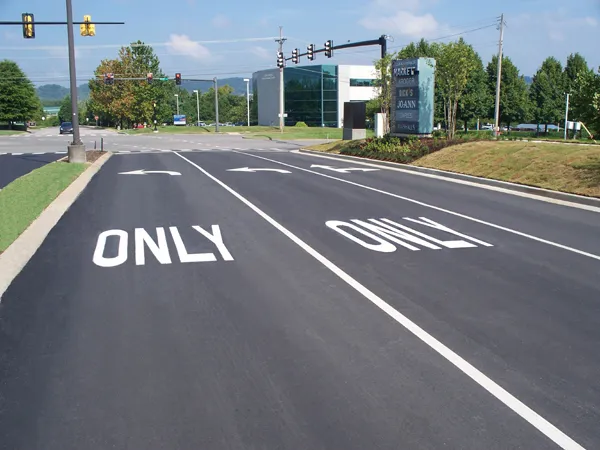Zehntner Testing Instruments was due to launch the ZRM 6013+ portable handheld retroreflectometer for road markings, an optimised reissue of the classic ZRM 6013, at Intertraffic Amsterdam 2014 (25-28 March 2014).
February 25, 2014
Read time: 2 mins
Like all the Swiss manufacturer’s products, the new retroreflectometer is fast, easy to use and delivers reliable, precise results for all kinds of road markings.
The main focus has been put on speeding up the measuring process: RL and Qd are measured in about two seconds; single measurements of RL or Qd take only one second each. “Combined with the easy operation, this is a priceless advantage for the user" said a Zehntner spokesperson. "Everyone who has made field measurements knows that speed is of the essence and increases the safety."
The large, well-arranged 5.7 inch colour touch display makes the operation even easier. Intuitive menu guidance has always been a matter of course in Zehntner products.
Optionally the retrometer can be equipped with an extended handle, a built-in thermal printer and a WAAS GPS unit.
This free versatile mapping and data analysis software ‘MappingTools’ makes administration and analysis of the road marking measurements fast and simple. The retroreflection measurements can be analysed to individual specifications and results can be displayed on a map, for example Bing, or Google Earth. The user can specify colour coded profiles with freely adjustable retroreflection threshold values. This can be displayed on the map accordingly. This is a valuable support in decision-making on maintenance planning to increase / maintain safety and efficiency.
The MappingTools software is provided free of charge with the following instruments: ZRM 6013+ and ZRM 6014 Retroreflectometer for measuring the night and day visibility of road markings, ZDR 6020 Dynamic retroreflectometer RL for continuous measurement of the night visibility of road markings as well as ZRS 6060 Retroreflectometer for measuring the night visibility of traffic signs, safety garments and other reflexive materials.
The ZRM 6013+ ranks between the budget priced entry level retroreflectometer ZRM 6006 and the top class retroreflectometer ZRM 6014.









